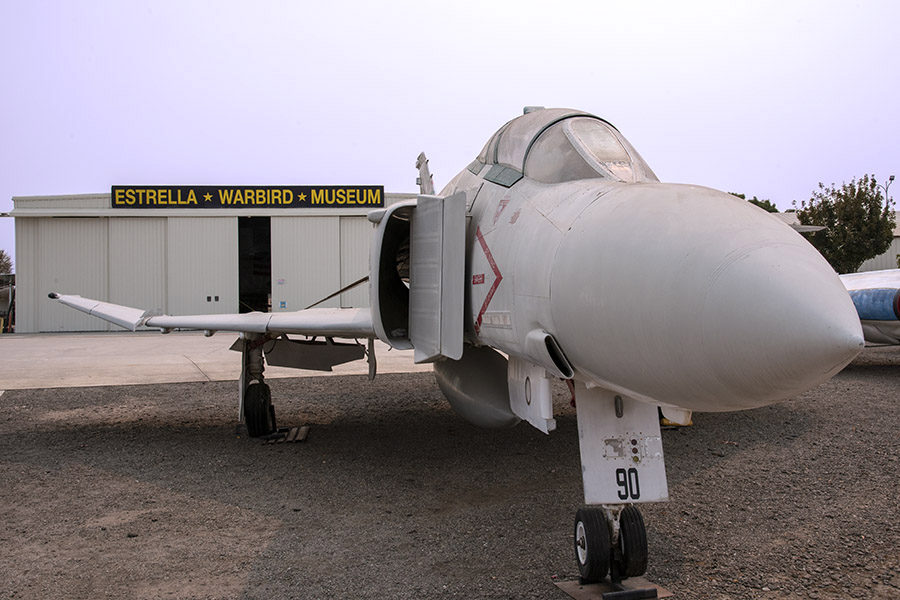Paso Robles’ Estrella Warbird Museum is way more than just warbirds. There are military vehicles, a munitions display, classic cars, race cars, vintage motorcycles, small arms, and more. And then it’s in Paso Robles, a worthy destination all on its own. We’ll touch on each of these in this blog.
First, the warbirds. There are a bunch on display, and there are two I feel most connected with personally…one is the F4 Phantom, and the other is the F-16 Air Combat Fighter.
That’s an F4 at the top of this blog. It’s what the USAF was flying when I was stationed at Kunsan AFB back in the mid-1970s, and it is an impressive airplane. I was on a HAWK air defense site just off Kunsan, high up on a mountain top overlooking Kunsan. We could pick up the F4s as they started their takeoff roll on Kunsan’s runway. When our high-powered illuminators locked on, the pilots knew it in the cockpit. They’d take off on full afterburner (a sensory and sensual delight for anyone who witnessed it), execute a quick 180, and then fly directly at my missile site coming in at just under Mach 1 below the top of our mountain. They were trying to break the lock my scope dopes had on them. Then, at the last minute, they’d climb just enough to clear the tops of the HIPIR’s Mickey Mouse ears. The radars would flip around 180 degrees in two axes with such force that one side of the radar’s support legs would clear the ground by 6 inches. Ah, those were grand and glorious days. At night, in the Kunsan AFB Officers Club, the Air Force jet jocks would ask me about the radars. My answer was always the same: Sorry, I could tell you, but then I’d have to kill you. They’d laugh. They thought I was joking.
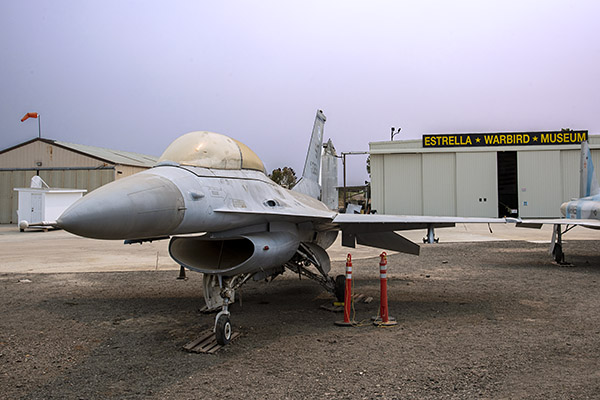
When I left the Army, my first job was on General Dynamic’s F-16 engineering team, and just about every defense industry job I’ve had since was somehow associated with something on that airplane. Munitions, 20mm Gatlings, fuel tanks, aerial refueling systems, ejection seats…it all seemed to come back to the F-16. I loved being around that airplane.
Well, okay…maybe one more airplane, and that’s the F-86. Yeah, it’s been obsolete for decades. But when I was at Kunsan AFB in the mid-1970s, the ROK Air Force (as in Republic of Korea) still flew the F-86. It’s a svelte little bit of a fighter, and it was on display at the Estrella Warbirds Museum.
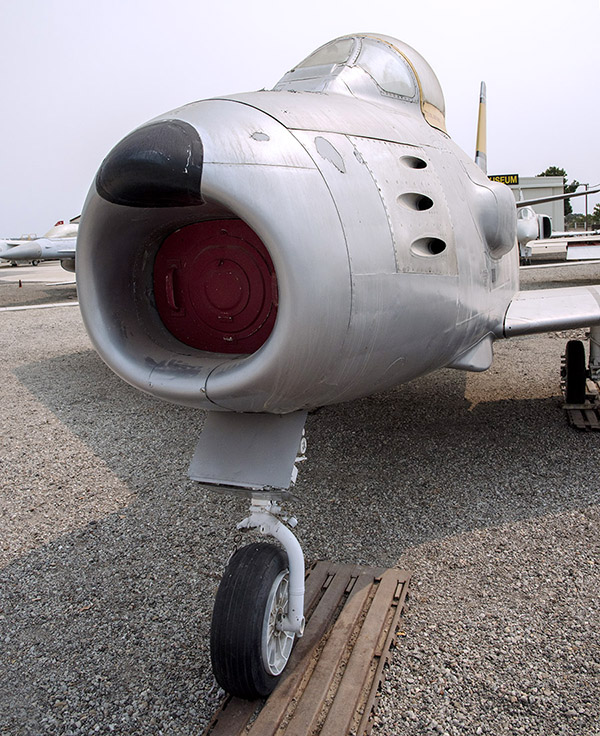
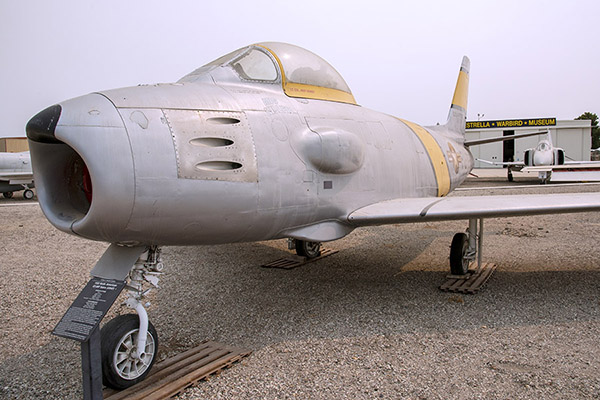
As soon as you enter the Estrella Museum, there’s a small arms display. Hey, I love that sort of thing, and this display grabbed my attention.

I caught something the Estrella curators missed. See those red arrows in the photo above? That rifle was labeled as a Mosin-Nagant. I know my Mosins, and this wasn’t one of them. It was maybe a Mauser, but most definitely not a Mosin. I told one of the docents. She thanked me, but I don’t think she understood what I was telling her.
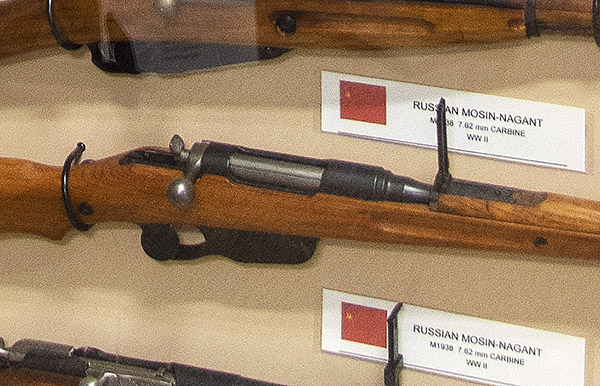
The Estrella Museum had a munitions display, too. It was cool. I like bombs and bullets. And mines. A mine is a terrible thing to waste, you know.
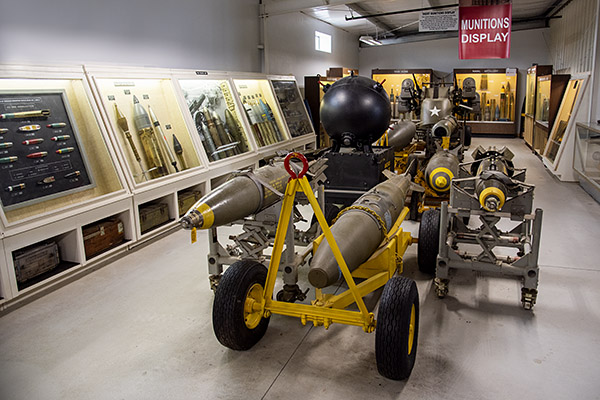
The Museum also houses the Woodland Automobile Display, which includes classic cars and race cars with an emphasis on dirt track oval racers. The collection was extensive, interesting, and photogenic.
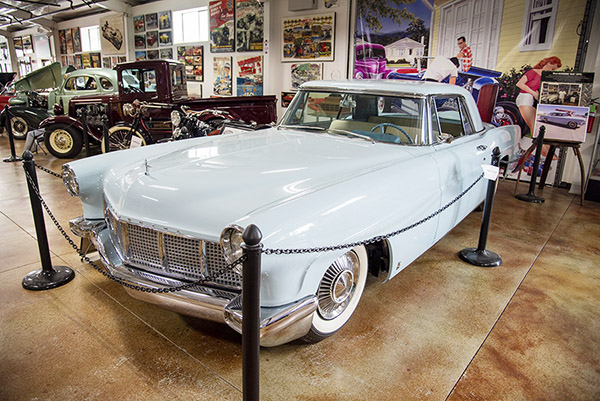
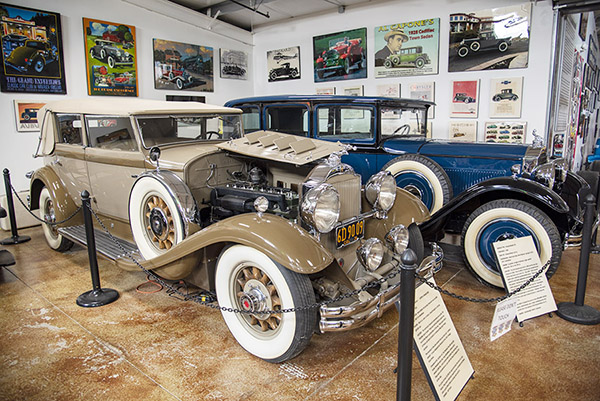
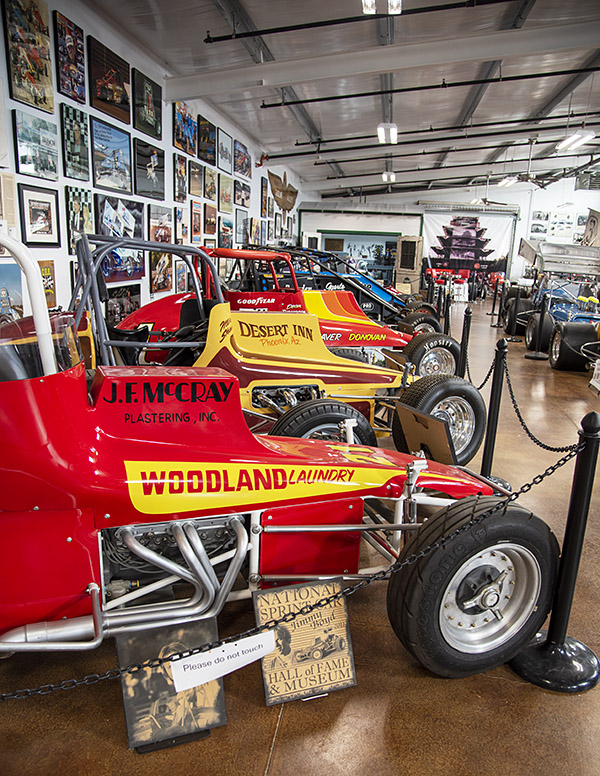
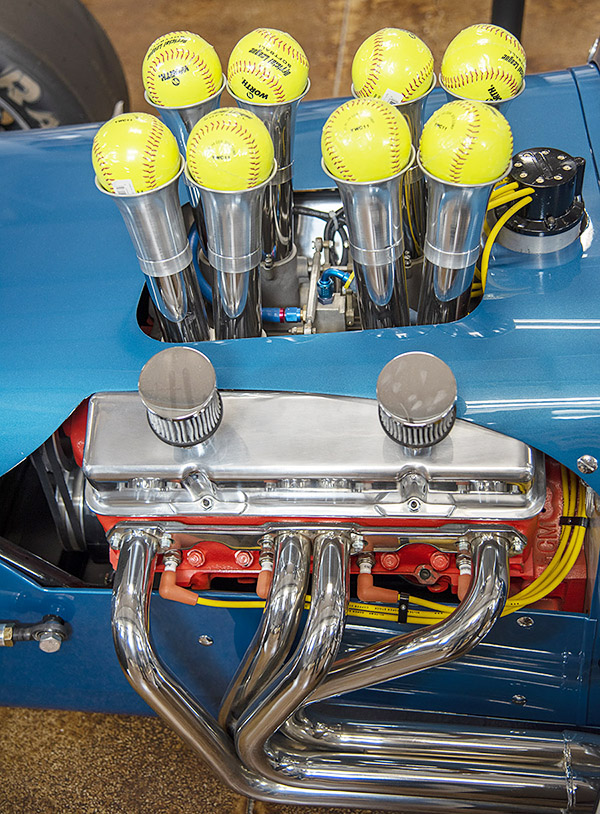
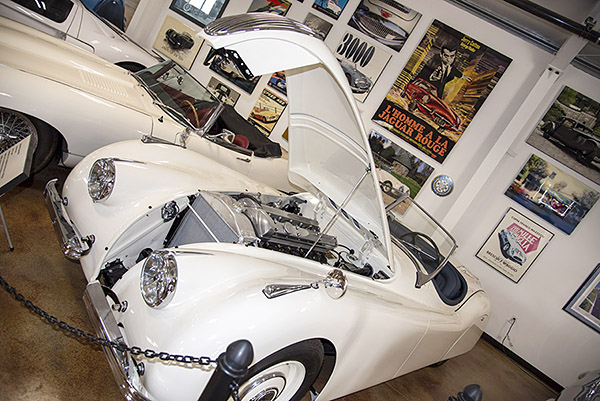

There were military vehicles and motorcycles, too. I’ll get to those in a second, but first, take a look at this. How about a water-cooled Harley Knucklehead engine used in midget racing? That’s what you see in the photo below.

The engine you see above is a Drake-modified Harley V-twin, and it was way ahead of its time. The Drake/Harley was called a “popper” because it vibrated so much. These engines produced close to 100 horsepower, and that was way back in the 1940s. 100 horsepower. Water cooled. Harley, how could you have ignored this back then?
The Estrella Warbird Museum also has a few interesting military motorcycles, including a World War II US Army WL Harley, an M20 BSA single (used by the British in World War II), and real oddity…a 98cc World War II Welbike used by British paratroopers.

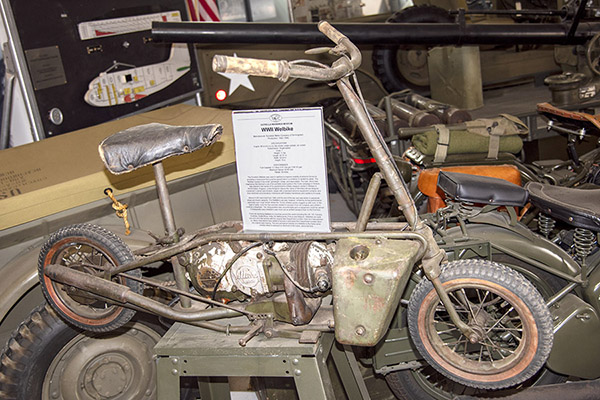
For me, a big part of the Estrella Warbirds Museum was its location. I love the Paso Robles area. Getting there is easy. If you’re coming from the North, pick up the El Camino Real (Highway 101) south. If you’re coming from the south, it’s the 101 north. Take California State Route 46 east, Airport Road north, and watch for the signs.
The best kept secrets in this area? The obvious ones are not secrets at all: The riding in and around San Luis Obispo County is awesome. Paso Robles is a wine producing region, and there are plenty of vineyards. You can ride west on State Route 46 to get to the Pacific Coast Highway, one of the premier motorcycle roads in the world (it intersects the PCH near Cambria and Hearst Castle; both are worthy destinations). For a world-class dinner, ride just a few miles south to McPhee’s Grill in Templeton (make reservations, though…you won’t get in without a reservation). There are great missions all along the 101 attesting to the region’s early Spanish influence (they followed the El Camino Real in developing the missions, you know), including the nearby San Luis Obispo and San Miguel Missions. Paso Robles is a California destination, and the riding is good year round. If you’re going in the winter months, dress accordingly. If you’re riding in the summer, stay hydrated.
Never miss an ExNotes blog. Sign up here for free!
More cool museums? Hey, you bet!

